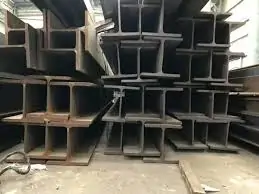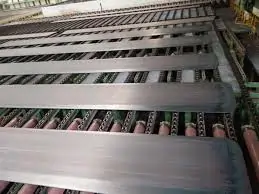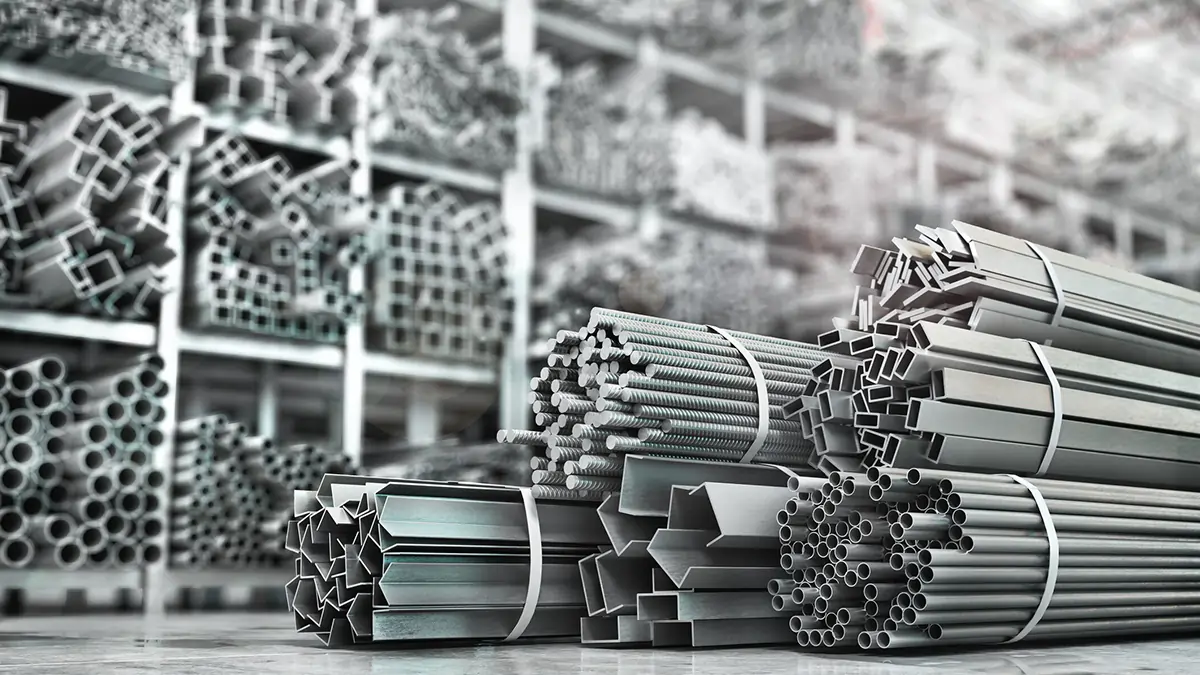Structural steel is the backbone of modern construction, and among the most widely used products is the I-beam or wide flange beam. Within the American standards, ASTM A992 is the preferred specification for structural wide-flange shapes, particularly for steel building frames. As demand for durable, cost-effective steel grows worldwide, understanding the cost per kilogram of ASTM A992 beams has become vital for contractors, engineers, and procurement teams.
This article explores ASTM A992 beams, their cost structures in 2025, and what buyers should know when sourcing from suppliers in different regions.
What is ASTM A992?
ASTM A992 is a standard specification for structural steel wide-flange shapes used primarily in building framing. It replaced ASTM A36 and ASTM A572 Grade 50 in many applications due to its superior strength and weldability.
Key Properties of ASTM A992:
-
Yield Strength: Minimum 345 MPa (50 ksi)
-
Tensile Strength: 450–635 MPa
-
Elongation: ~18% minimum in 200 mm gauge length
-
Weldability: Excellent due to low carbon equivalent
-
Shapes Covered: I-beams, H-beams, and wide-flange sections
Because of these balanced properties, A992 has become the default grade for steel beams in the U.S. market and is increasingly popular worldwide.
Typical ASTM A992 Beam Cost per kg (2025)
The cost of ASTM A992 beams in 2025 depends on multiple factors: raw material prices, regional supply, freight, and currency exchange rates. On a global scale:
-
Typical Price Range:
USD 0.85 – USD 1.30 per kg (ex-mill or FOB, depending on order size) -
Converted to per ton:
USD 850 – USD 1,300 per ton
In highly competitive markets (e.g., U.S., China, India), prices may lean toward the lower end. In regions where supply is limited and beams must be imported (e.g., East Africa, Middle East), costs can rise above USD 1.40 per kg after logistics and duties.
Comparison with Other Structural Grades
To put the cost in perspective:
| Steel Grade | Cost per kg (USD) | Key Notes |
|---|---|---|
| ASTM A36 | 0.70 – 1.00 | Lower strength, common for plates and simple structures |
| ASTM A572 Gr. 50 | 0.80 – 1.20 | Predecessor of A992, still in use |
| ASTM A992 | 0.85 – 1.30 | Optimized for beams, industry standard |
| EN10025 S355 | 0.80 – 1.25 | European equivalent grade |
| EN10025 S420 | 0.90 – 1.40 | Higher-strength premium |
This shows that ASTM A992 is competitively priced given its enhanced properties, making it a cost-effective choice for structural beams.
Factors Influencing ASTM A992 Beam Cost per kg
-
Raw Material Prices
Steel production relies heavily on iron ore, scrap steel, and coking coal. Fluctuations in global commodity prices directly impact beam cost. -
Beam Size and Weight
Larger wide-flange beams with thicker flanges require more processing and rolling effort, increasing cost per ton. -
Order Volume
Bulk orders attract lower prices per kg due to economies of scale. Small orders often include higher per-unit overheads. -
Regional Supply and Demand
-
In the U.S., A992 is mass-produced and competitively priced.
-
In Africa or Central Asia, imports raise landed costs significantly.
-
-
Logistics and Freight
Shipping large, heavy beams is costly. Inland transport from port to project site can add USD 50–100 per ton. -
Duties and Taxes
Import tariffs and value-added taxes can add 10–25% to the final price in certain countries. -
Fabrication Services
Cutting, drilling, priming, or galvanizing beams increase the overall price per kg.
Regional Market Insights (2025)
1. United States
-
Price Range: USD 0.85 – 1.05 per kg
-
Due to strong domestic production, prices remain stable. A992 is the default grade for structural beams in skyscrapers and bridges.
2. Europe
-
Price Range: USD 1.00 – 1.20 per kg
-
European buyers sometimes substitute EN10025 S355 or S420, but A992 is gaining traction in international projects.
3. Middle East
-
Price Range: USD 1.10 – 1.30 per kg
-
Heavy reliance on imports from China, Turkey, and India. Logistics costs are a major factor.
4. East & West Africa
-
Price Range: USD 1.20 – 1.40 per kg
-
Infrastructure projects create strong demand. However, limited local rolling mills mean reliance on imports.
5. Central Asia (e.g., Kyrgyzstan, Kazakhstan)
-
Price Range: USD 1.10 – 1.30 per kg
-
Supply mainly from Russia, China, and Turkey. Prices vary depending on logistics corridors.
Example Cost Breakdown: Imported A992 Beam
Let’s consider an order of 200 tons of ASTM A992 beams delivered to Kenya:
-
Base FOB China: USD 950/ton
-
Ocean freight & insurance: USD 90/ton
-
Import duty & VAT: USD 120/ton
-
Inland delivery & handling: USD 80/ton
Final Delivered Cost: ≈ USD 1,240 per ton (USD 1.24/kg)
This example shows how delivered costs can exceed mill prices by 25–35%.
Applications of ASTM A992 Beams
-
High-rise Buildings: Main framing members (columns, girders)
-
Bridges: Long-span girders, structural supports
-
Industrial Structures: Warehouses, plants, and factories
-
Infrastructure Projects: Ports, airports, rail stations
-
Stadiums & Public Buildings: Roof and tier supports
The consistent strength and weldability of A992 beams make them ideal for projects where structural reliability is critical.
Why ASTM A992 is Cost-Effective Despite Higher Price
Although A992 beams may cost slightly more than A36 or A572 per kg, they often result in overall cost savings:
-
Material Reduction
Higher yield strength allows for lighter sections compared to A36, reducing total steel tonnage required. -
Fabrication Efficiency
Improved weldability reduces labor and consumable costs. -
Long-Term Durability
Less maintenance and repair needs lower lifecycle costs.
Thus, the cost per kg should be viewed in the context of total project economics.
Tips for Buyers
-
Always request Mill Test Certificates (MTCs). This ensures the beams comply with ASTM A992 requirements.
-
Compare suppliers across regions. Sometimes importing from Asia or Turkey is cheaper even after freight.
-
Order in bulk. Larger orders reduce unit prices and shipping costs.
-
Consider alternative grades. In regions where A992 is scarce, EN10025 S355 or ASTM A572 may be acceptable substitutes.
-
Lock prices when markets are favorable. Steel markets fluctuate rapidly with global demand.
Conclusion
The ASTM A992 beam cost per kg in 2025 typically ranges from USD 0.85 to 1.30/kg, depending on region, logistics, and supplier. While slightly more expensive than standard A36 or A572 grades, A992 provides superior structural performance, weldability, and lifecycle savings—making it the industry standard for modern steel structures.
For buyers and project planners, evaluating delivered cost per kg rather than mill price alone is crucial. Factoring in duties, freight, and handling ensures accurate budgeting and procurement strategies.





